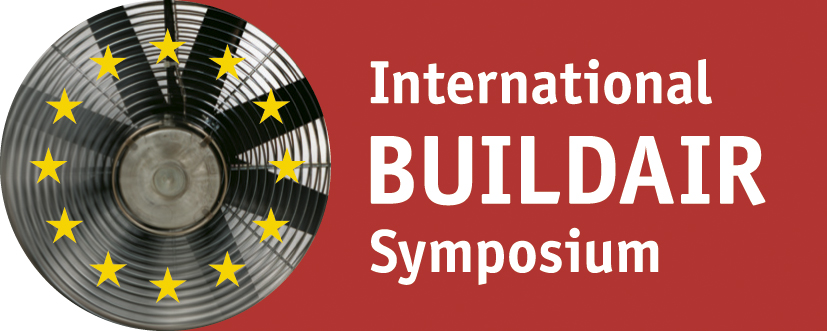Today, labels introduced in some countries to certify standardised low energy buildings, such as ‘Passive House’ in Germany and ‘Minenergie’ in Switzerland, are becoming increasingly applied in Europe. Both labels explicitly require a threshold level of airtightness (0.6 air changes per hour (ACH) at 50 Pa). For timber frame passive houses in Belgium, this requirement is commonly achieved by sealing all the joints in the interior structural sheathing, mostly consisting of Oriented Strand Boards (OSB). Although it was generally believed that OSB is sufficiently airtight to act as air barrier, recent cases proved the opposite. For some cases the only remedy was to install an extra airtight spun bonded foil or provide an airtight paint on top of the OSB. In order to avoid these expensive adaptions in the future, this study compares the air permeability of eight major commercial brands of OSB which cover most of the West European market. The results show a large variation on the air permeance of the different OSB brands tested (<0.001 m³/m²/h/Pa - 0.01m³/m²/Pa). The measured data is used to estimate the impact of the air leakage through the air barrier material on the global n50-value of typical passive houses. For most OSB brands tested, the air leakage through the OSB corresponds with significant share of the Passive House standard (0.6 ACH). Based on this, the paper suggests an upper limit of 0.0018 m³/m²/h/Pa for air permeance of building materials applied as air barrier in Passive Houses. Although this limit is less severe than the Canadian requirement, only one of the OSB brands tested satisfies the proposed requirement. As a result, applying OSB as air barrier system in Passive Houses seems questionable.
Air permeability requirements for air barrier materials in passive houses – Comparison of the air permeability of eight commercial brands of OSB

Year:
2011
Bibliographic info:
6th International BUILDAIR Symposium on Building and Ductwork Airtightness, 6 May 2011, Berlin, Germany




